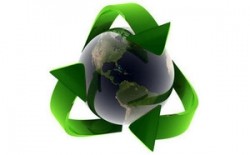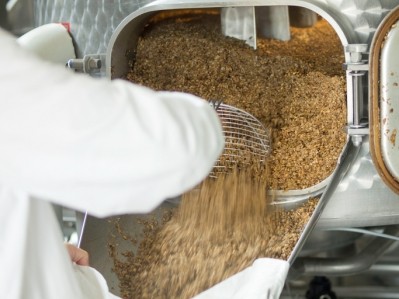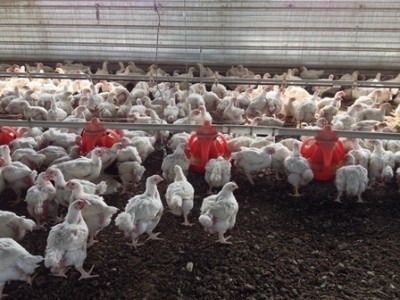Call for greater efficiency in phosphorus use in Europe

A group of academics, writing in the journal Ambio, also stress that phosphorus from waste should be completely recovered and recycled in order to close the European production loop and make that market become less dependent on the availability of phosphate rock reserves.
“The inefficient use of phosphorus (P) in the food chain is a threat to the global aquatic environment and the health and well-being of citizens, and it is depleting an essential finite natural resource critical for future food security and ecosystem function,” say the authors in a review led by Paul Withers, professor of geography in the School of Environment, Natural Resources and Geography at Bangor University.
Concentrated, soluble inorganic phosphorus compounds derived from the processing of phosphate rock (PR) have been used for over 60 years for use in fertilizers, feed supplements, food additives, and detergents.
But Europe, says the team, has a particular trilemma: it has high phosphorus demands because many regions are densely populated and have intensive agriculture and high energy and water requirements, it has extensive degradation of its aquatic ecosystems from past intensification of phosphorus use, and now its food security maybe compromised because it has virtually no PR reserves.
The authors propose “re-aligning” phosphorus inputs to meet only essential requirements, reducing losses to water, recycling it in bioresources more effectively, recovering phosphorus in wastes, and redefining phosphorus use in food systems.
Livestock requirements
They say dietary phosphorus intakes in livestock could be reduced by 20 to 30% without affecting livestock performance and leading to lower surpluses and significantly less phosphorus to recycle with overall efficiency gains (Maguire et al. 2005, Ferris et al. 2010, Kebreab et al. 2012).
“Increasing the digestibility of P in livestock feed may not only re-align inputs by enabling lower inorganic feed P imports but also increase the manure N:P ratio allowing better utilization on the land,” said the authors.
However, they note such “re-alignment” of phosphorus in farm animals’ diets does not necessarily mean cheaper rations because of the difficulty of sourcing ingredients for a balanced feed.
Closing the loop
Another study, also published online in Ambio this month, looks at some of the novel and technically advanced methods of phosphorus recovery and recycling that are been implemented or are just been investigated. “These alternative routes for nutrient recovery provide safe products or raw materials suitable for reuse in the nutrient cycle of the food chain,” say the researchers.
Belgian company, EcoPhos, using a wet chemical process to recover phosphorus from fly ash coming from the incineration of sewage sludge, aims to become the largest phosphate producer for animal feed in Europe in the next five years.
Fly ash contains up to 27% phosphorus.
Construction of EcoPhos’ first such facility is underway in Dunkirk, France. It is expected to be on stream in the first quarter of 2017.
Mohamed Takhim, CEO of that firm, said the French factory will enable EcoPhos to increase its production of Di-Calcium Phosphate (DCP) by 220,000 tons a year to meet the demand of the animal feed market.
Source: Ambio
Title: Stewardship to tackle global phosphorus inefficiency: The case of Europe
Published online ahead of print: doi: 10.1007/s13280-014-0614-8
Authors: P. J. A. Withers, K. C. van Dijk et al
Source: Ambio
Title: Phosphorus management in Europe in a changing world
Published online ahead of print: doi: 10.1007/s13280-014-0613-9
Authors: O. F. Schoumans et al










